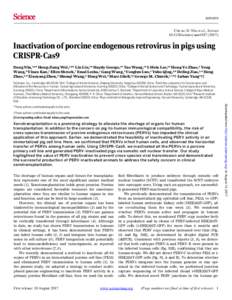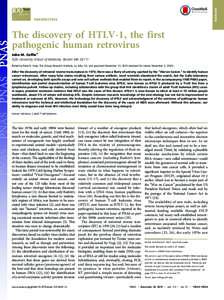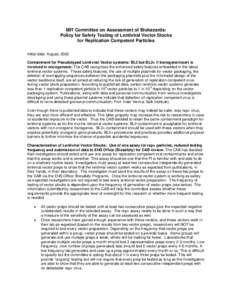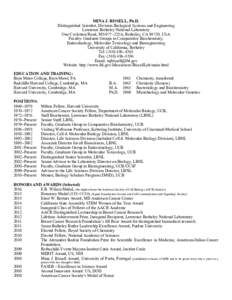<--- Back to Details
| First Page | Document Content | |
|---|---|---|
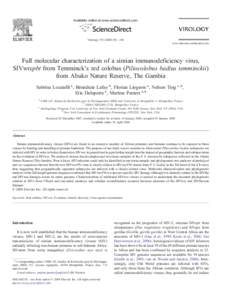 Date: 2012-10-03 01:34:23Zoology Western red colobus Procolobus Simian immunodeficiency virus Origin of AIDS Olive colobus Old World monkey Retrovirus Red colobus Colobine monkeys Biology Fauna of Africa |
Add to Reading List |
 doi:[removed]j.virol[removed]
doi:[removed]j.virol[removed]